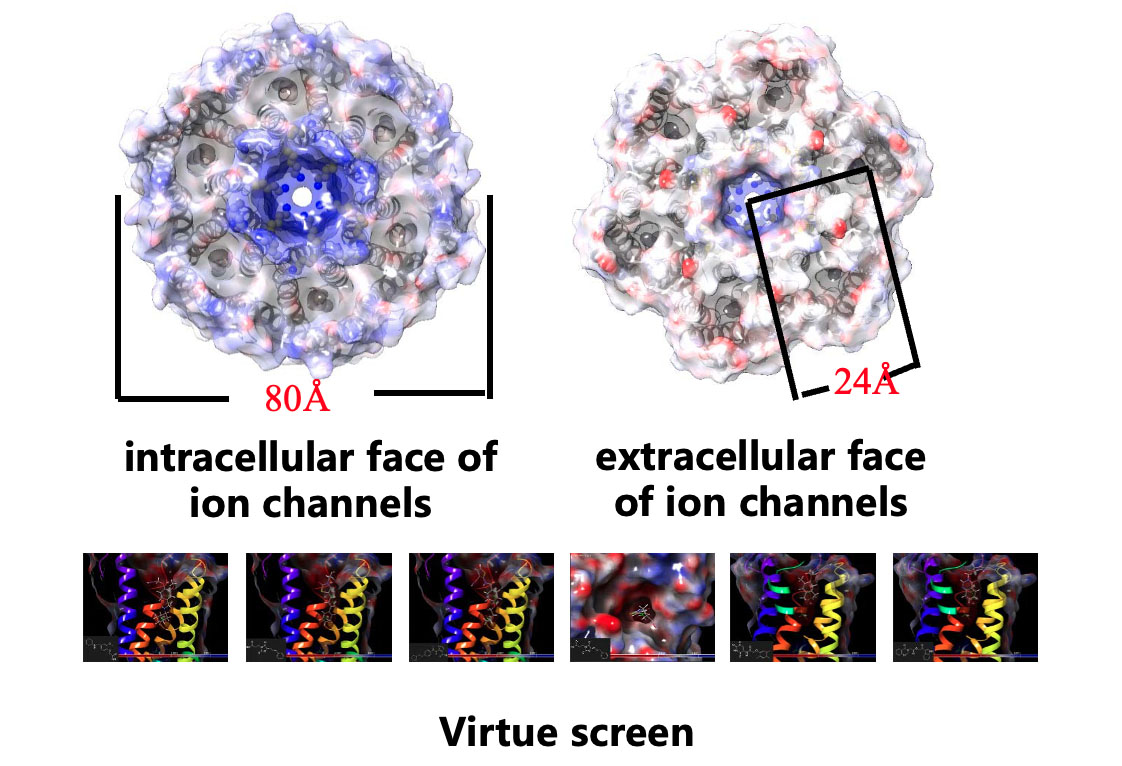AlpHelix Specializes in The Structural Biology of Membrane Proteins
AlpHelix is one of the few companies in the world that masters the preparation of multi-pass transmembrane proteins and their structural biology!
The research on drugs targeting transmembrane proteins is very challenging. Some hurdles are listed below:
1.The transmembrane proteins, typically hydrophobic in their membrane-embedded regions, make it difficult to maintain their physiologically native conformations after leaving the cell membrane environment;
2.The full-length multi-pass transmembrane proteins are only located in the thin plasma membrane or organelle membrane, and the amount is low;
3.Obtaining membrane protein antigens in their native conformations and functional activity is crucial to improving the chances of developing antibodies with the desired biological functions against these MP targets;
Different from simple patents, membrane protein structural biology is a system full of know-how that integrates experience, intuition and technical processes. Our company consists of experts with a world-leading academic background in membrane protein research and proven track records of concrete outputs.
Different from simple patents, membrane protein structural biology is a system full of know-how that integrates experience, intuition and technical processes. Our company consists of experts with a world-leading academic background in membrane protein research and proven track records of concrete outputs.
The founder of the company has led multiple projects in the 13th Five-Year National Key Research and Development Plan, both in MP structural biology and in drug discovery studies.

A promising anti-microbial identified by AlpHelix:
1.The scientists in AlpHelix identified an inner membrane protein essential to the survival and virulence of multi-drug resistant Enterobacteriaceae bacteria (such as Klebsiella pneumoniae, Escherichia coli, Enterobacter cloacae, etc.);humans, and gut probiotics including bacteria in genera Lactobacillus, Bifidobacterium, Saccharomyces, Enterococcus, Streptococcus, Pediococcus, and Leuconostoc, do not have homologous genes for the inner membrane protein.
2.The scientists at AlpHelix have determined the high-resolution crystal structure of the inner membrane protein and identified around 2000 hits using the structure-based virtue screening method.
